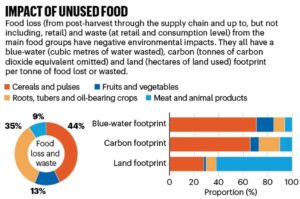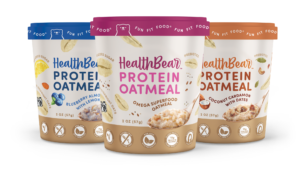Healthy Eating for those on the Spectrum
Health Bear was recently asked to supply our Protein Oatmeal cups in a Children’s Autism care center in Indiana. Why does a nutritionist select Health Bear to be available in a cafeteria whose mission it is to care for Autism patients and their families?

According to Cross River Therapy, Eating a balanced and healthy breakfast is especially important for those with Autism. They define ‘healthy breakfast’ as including protein, fat, and fiber. This trifecta of healthy eating will keep your child fuller longer and prevent a spike in blood sugar and a crash that can disrupt behavior. Pea Protein and healthy seeds and grains are a great way to check all the boxes. 12g protein, 6g fat, and 7g fiber are loaded into one cup of Omega Superfood Oatmeal.
Not to say this is true for all autistic people, but commonly, experts have noticed two foods contributing to negative behaviors and stomach issues. High sugar and dairy foods should be avoided. Its tough to beat the delicious flavor of sugar; even tougher to eat oatmeal without a sweet note. Instead of sugar, Health Bear is sweetened with all natural and plant based Monk Fruit. This means, zero added sugar. Oftentimes protein packed foods are fortified with whey protein, or protein from dairy. Health Bear uses pea protein instead of the typical whey to help people who are avoiding dairy but need some good quality protein.
Gastrointestinal issues are common for those on the spectrum. This is why the experts at Aeroflow Urology recommend the Gluten-Free and Casein Free Diet (GFCF). Breaking down wheat and dairy can be hard on a child’s gut enzymes. Health Bear Food Company sources 100% certified Gluten Free ingredients and are entirely plant based.
Health Bear is flattered and wonderfully surprised to learn we are being welcomed into the cafeteria at an autism center. Our vision is ‘To make the world a more sustainable and equitable planet for all living things through plant based food’. This vision is being realized when we are able to help people struggling with Autism find food that helps them along on their journey.
If you have an on-campus dining facility and would like to get information on wholesale pricing for your services, please let us know and we will get in touch with all of the information you need.




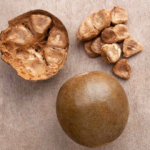

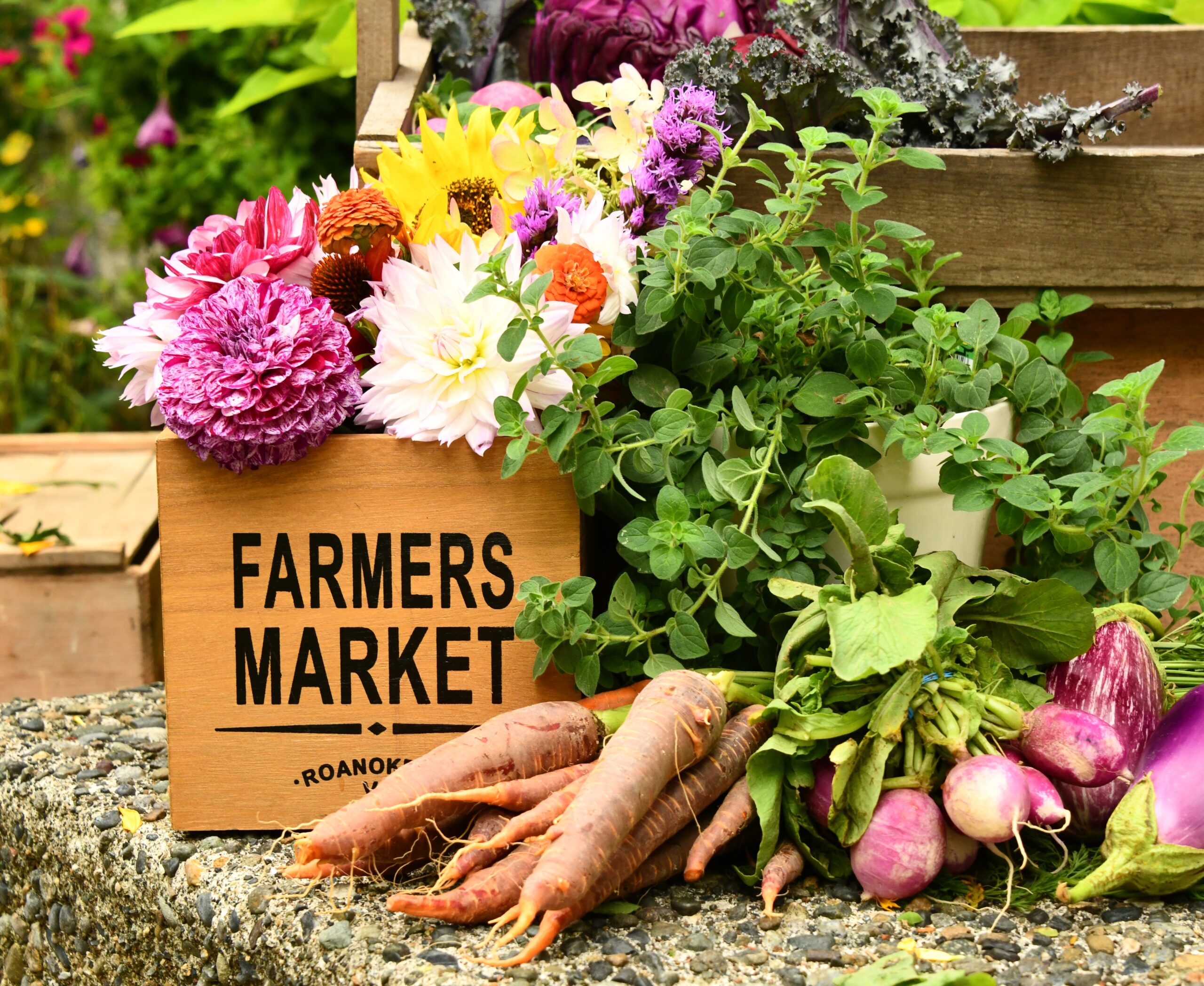

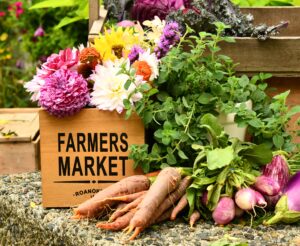 Organic farms will, by definition, be adding nutrients to the soil by means of their organic farming techniques. Learning about their holistic practices will inspire you to continue subscribing to the concept of The Regenerative Diet. Meanwhile, you will be taking home produce with higher nutritional contents than conventionally grown produce.
Organic farms will, by definition, be adding nutrients to the soil by means of their organic farming techniques. Learning about their holistic practices will inspire you to continue subscribing to the concept of The Regenerative Diet. Meanwhile, you will be taking home produce with higher nutritional contents than conventionally grown produce.